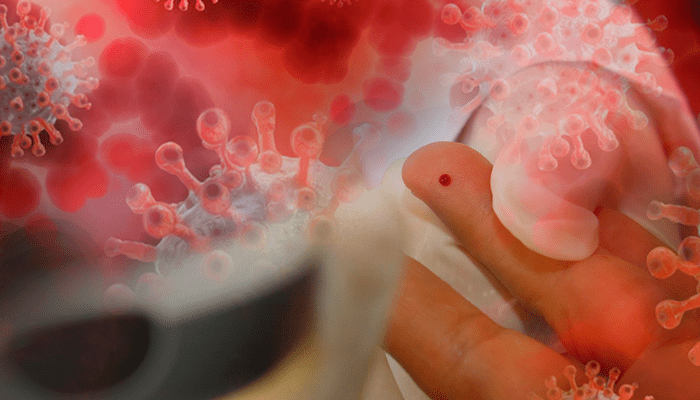Discover the main symptoms of diabetes and how to prevent it!
Diabetes is a chronic disease that affects millions of people around the world. It is characterized by elevated blood sugar levels, which can cause damage to various organs in the body. The main symptoms of diabetes include excessive thirst, increased hunger, frequent urination, tiredness and unexplained weight loss.
Prevention is the best way to avoid developing diabetes. Some risk factors, such as obesity, sedentary lifestyle and inadequate diet, can be modified with changes in lifestyle. In addition, it is important to undergo periodic examinations to detect diabetes early and initiate adequate treatment.
In this article, we will clearly and objectively present the main symptoms of diabetes and how to prevent it. With accurate and reliable information, we want to make our readers aware of the importance of health and prevention. Follow along and find out how to take better care of your body and your quality of life.
What is diabetes?
Diabetes is a chronic disease that affects the metabolism of glucose, the main sugar in the blood. The body cannot properly produce or use insulin, a hormone responsible for transporting glucose to the cells, where it is used as a source of energy.
There are two main types of diabetes: type 1, which is an autoimmune disease in which the immune system attacks the cells that produce insulin, and type 2, which is more common and is usually lifestyle related. Type 2 diabetes is more common in people who are overweight, sedentary, have inadequate nutrition and have a family history of the disease.
What are the symptoms of type 1 and type 2 diabetes
Type 1 and Type 2 diabetes have similar symptoms, but there are some important differences. In type 1 diabetes, symptoms often appear suddenly and include excessive thirst, increased hunger, frequent urination, tiredness, weakness, unexplained weight loss, and blurred vision. Already in type 2 diabetes, symptoms can appear gradually and include excessive thirst, increased hunger, frequent urge to urinate, tiredness, blurred vision and frequent infections.

- Excessive thirst;
- Increased hunger;
- Frequent urge to urinate;
- Tiredness;
- Blurred vision;
- Frequent infections.
These symptoms can appear gradually and are often confused with common symptoms of aging or other illnesses.
Who is Diabetic and hypertensive can donate blood?
Yes, people with diabetes can donate blood as long as they meet some important requirements. To be a blood donor, it is necessary to be in good health conditions, with controlled blood pressure and have blood glucose levels within the acceptable limit, which in the case of Brazil is 100 to 400 mg/dL. In addition, it is necessary to weigh more than 50 kg and be between 16 and 69 years old, respecting the age limit for each case.
It is important to emphasize that the fact of having diabetes does not prevent blood donation, as long as the person has health under control. However, some situations may temporarily prevent blood donation, such as having recently performed invasive procedures or being treated with some types of medication.
What glucose level is dangerous?
Glucose is an essential substance for the functioning of the body, as it is responsible for providing energy to cells. Blood glucose levels can vary according to several factors, such as diet, physical activity and medication use.
When fasting glucose values are slightly elevated, as in the case of Glucose 107 or Glucose 112, this may indicate a pre-diabetes state, i.e. a condition in which the body begins to have difficulty processing glucose efficiently. efficient, but still not enough for the diagnosis of diabetes.
What does it mean when blood glucose from LO?
Hypoglycemia is a state in which blood glucose levels are below the limit considered normal. It can be caused by several factors, such as inadequate nutrition, medication use and excessive physical activity. Symptoms include sweating, tremors, dizziness, mental confusion and weakness, which can lead to more serious conditions, such as seizures and loss of consciousness.
To avoid hypoglycemia, it is important to follow these measures:
- Carry out a balanced diet, with adequate consumption of carbohydrates, proteins and fats;
- Regularly monitor blood glucose levels, especially in people who already have some type of diabetes or recurrent hypoglycemia;
- Proper use of medication, following medical advice;
- Avoid excessive physical activity, especially during periods of prolonged fasting or without proper prior nutrition;
- Carry food or drinks rich in sugar, such as orange juice or regular soda, for immediate consumption in case of symptoms of hypoglycemia;
- Talk to a healthcare professional to better understand the symptoms, causes, and ways to prevent hypoglycemia.

Deixe um comentário